Our vegan yakisoba recipe has a sweet, tangy mushroom sauce, crispy tofu, cabbage, and shiitake mushrooms stir-fried in a wok with its signature ingredient, smooth, yakisoba noodles.
Yakisoba is a fun way to make stir-fry night a little different than usual.
This delicious Japanese specialty is usually filled with pork and contains oyster sauce. We've added crisp, fried tofu and mushroom sauce to ours to replace these ingredients, making the dish completely vegan-friendly.
Yakisoba is a one-pan recipe made using a wok and chuka soba, a ramen-style noodle that is uber-satisfying. The noodles come precooked, making this recipe so stinkin' easy we're sure you'll want to add it to your regular dinner rotation.
Read below for more on yakisoba, chuka soba noodles, and a step-by-step breakdown on how to make this dynamite dish.
What is yakisoba?
Yakisoba originated in Japan shortly after WWII and has become a popular hit in Japanese cuisine over the last 80 years.
"Yaki" translates to "fried," and "soba" translates to "buckwheat noodles," which is a little misleading because this dish is not made with soba, but with wheat-based noodles, instead.
Yakisoba is traditionally fried on a teppan, or large iron plate, and tends to include pork, cabbage, bean sprouts, onions, carrots, noodles, and yakisoba sweet and savory sauce.
What are yakisoba noodles?
Yakisoba noodles are Chinese-style ramen noodles called "chuka soba."
These noodles contain three simple ingredients: wheat flour, water, and kansui, an alkaline salt that gives yakisoba noodles their yellow hue.
Packaged varieties are steamed, coated with oil, and packed tightly, then frozen. Just thaw the noodles and throw in your wok with your other ingredients for a quick reheat.
Are yakisoba noodles vegan?
Their yellow color can make some people assume these are egg-based noodles, but yakisoba contain no egg or dairy, so they're entirely safe for vegans' consumption!
What is yakisoba sauce?
Yakisoba sauce is sweet, tangy, and savory, with a strong umami taste. It usually contains soy sauce, Worcester sauce, ketchup, sugar, and oyster sauce.
To make our recipe vegan, we removed the oyster sauce and replaced it with mushroom sauce. We think the resulting taste is pretty spot-on, as mushrooms also contain a lot of that umami flavor that the oyster sauce provides.
Yakisoba garnishes
People add many flavorful garnishes to their yakisoba bowls when it's time to serve.
Here are the garnishes you'll most typically see on yakisoba:
- Aonori, a salty, edible seaweed that is dried, crushed, and sprinkled on top of many Japanese dishes;
- Beni shōga, pickled strips of ginger made with an incredibly sour vinegar called umezu;
- Katsuobushi, fermented, smoked flakes of dried skipjack tuna;
- Japanese-style mayonnaise, made with rice vinegar.
To keep our yakisoba vegan, we removed the mayonnaise and katsuobushi from our recipe. The aonori and beni shōga are both incredibly potent and stand well on their own to garnish the dish.
You can find these garnishes at a local Asian supermarket or grocery store.
Nutrition Information - Yakisoba noodles recipe
Serving Size: 1/2 the recipe
Calories: 555 kcal; Sugar: 12g; Sodium: 2330mg; Fat: 6g; Carbohydrates: 103g; Fiber: 12g; Protein: 30g.
Tofu Yakisoba Recipe FAQ
Other noodle options
If you can't find or use yakisoba noodles in your dish, you can easily use another kind instead.
Our favorite substitute for yakisoba noodles are soba noodles, usually made with a combination of wheat flour and buckwheat. If you want to use a gluten-free noodle option, you can find 100% buckwheat soba noodles.
Soba noodles are chewier than yakisoba noodles, which will give more texture to the dish.
If you prefer a smooth, slippery noodle and need a gluten-free option, try rice noodles. These fragile noodles can quickly get overcooked, so give them a quick boil to al dente and add the rice noodles in at the very end of your stir fry.
Stir-frying order - it matters!
Vegetable yakisoba recipes are laid out in a very particular way, for a particular reason.
When stir-frying vegetables, you want to ensure that each veggie gets sufficiently heated. If you throw everything into your wok at once, soft veggies will get overcooked, and hard veggies will be undercooked.
Add the hardest vegetables to your wok first, and then work your way up to the softest for the best results.
Storage tips
This vegan yakisoba can be refrigerated in an airtight, sealed container for 2-3 days.
We don't recommend freezing this recipe, as it will get soggy as it thaws.
Final notes: Vegetarian yakisoba recipe
Vegan yakisoba is a perfectly healthy lunch or dinner full of veggies, lean vegan protein, soft noodles, and a light, sweet sauce.
Remember, when you're preparing yakisoba:
- Traditional yakisoba noodles don't need to be precooked, just thaw and add to the wok;
- Head to your local Asian grocery to find the proper noodles and garnishes;
- Replace with gluten-free soba or rice noodles, as needed;
- Stir fry your veggies in the order as instructed, from hardest to softest, so all of your ingredients cook evenly.
Pull out the wok and enjoy this yakisoba style, vegan stir-fry!
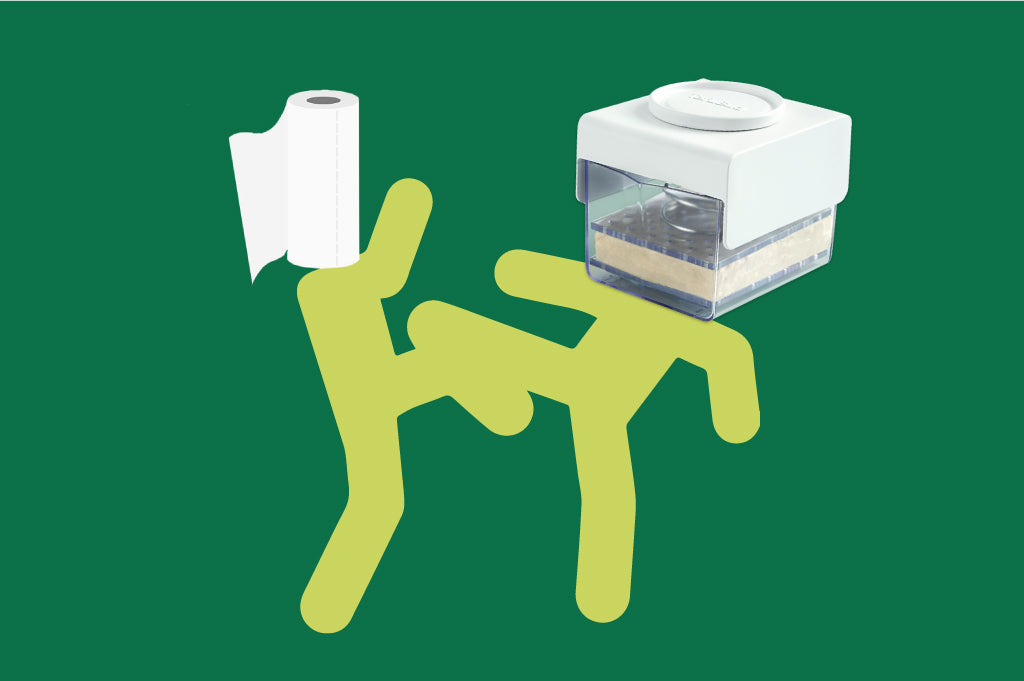




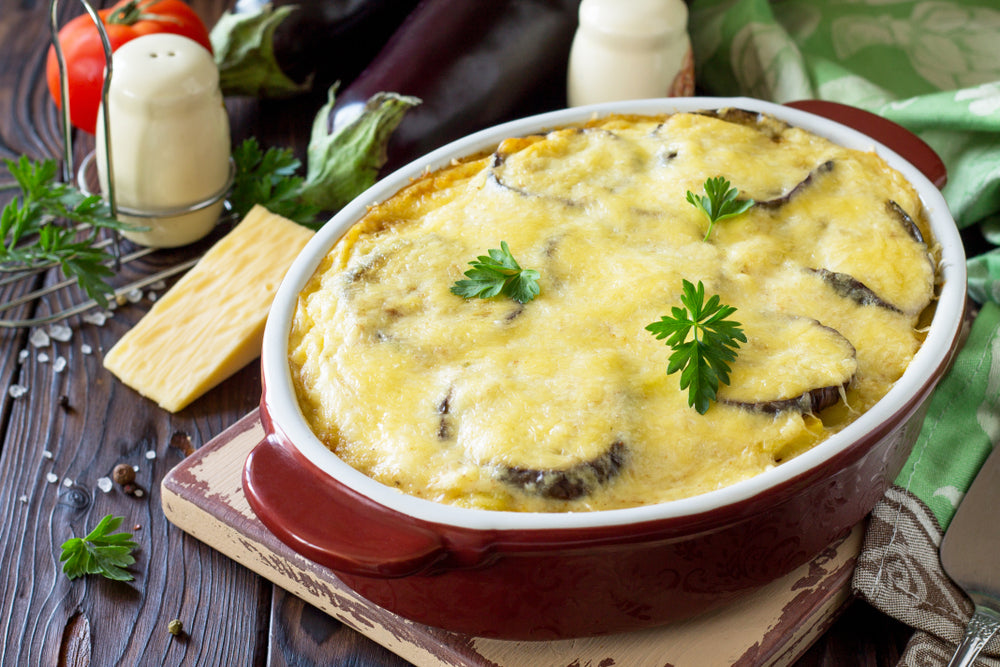
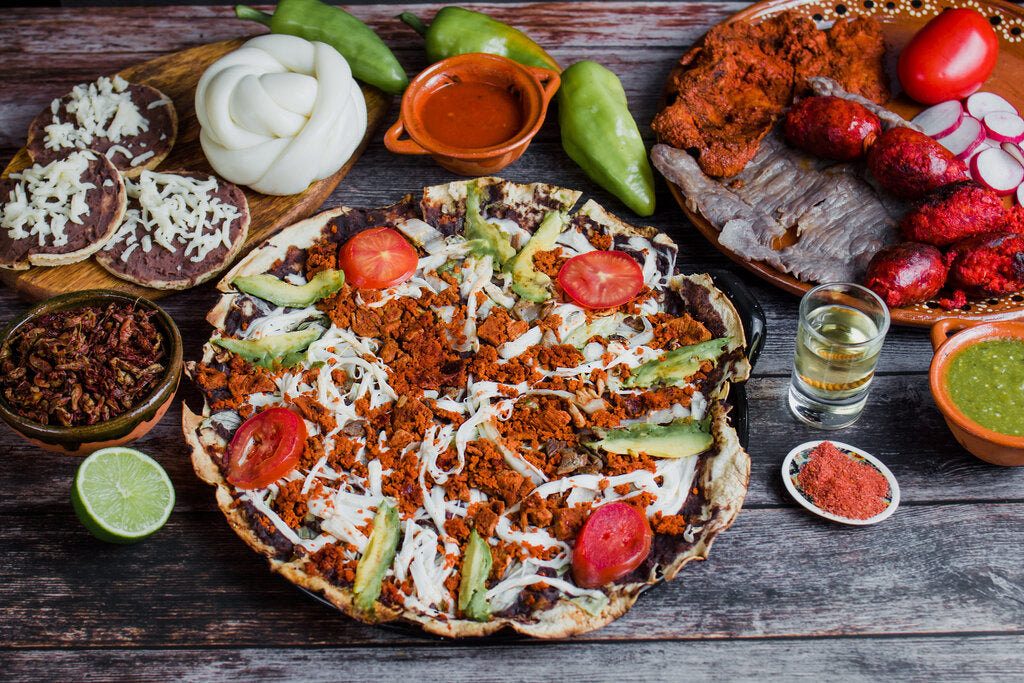
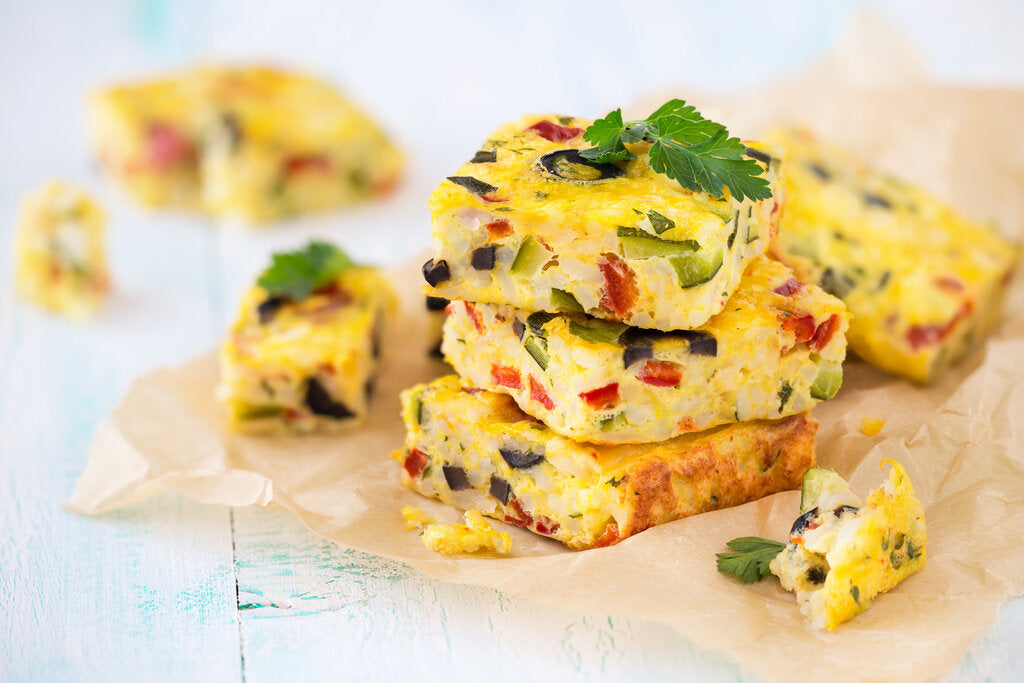
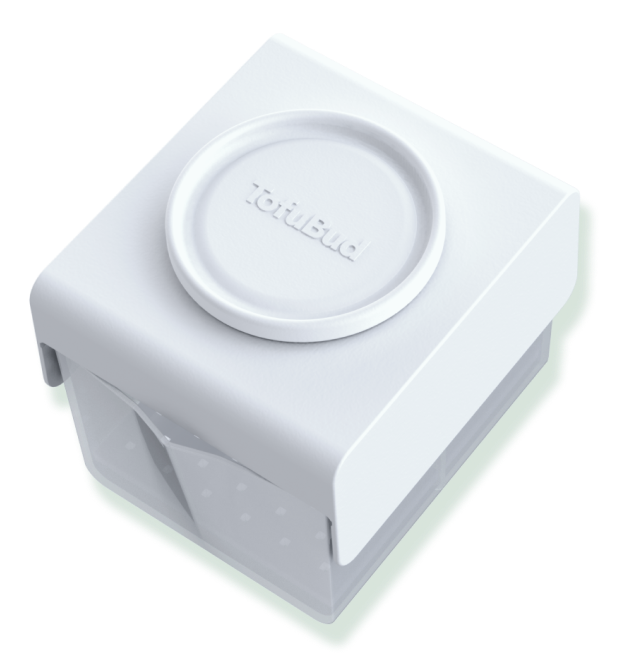
Leave a comment (all fields required)